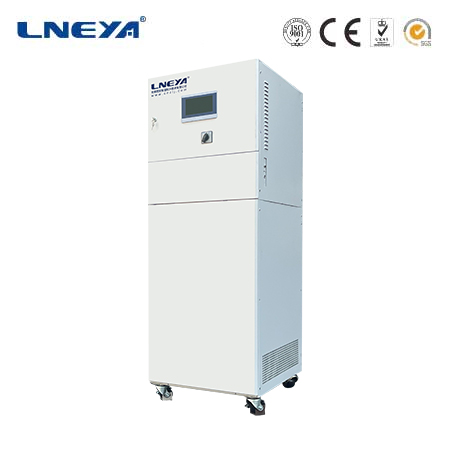high temp controller
High Temp Controller: Regulating Extreme Temperatures in Industrial Processes
Introduction
High temp controllers are specialized temperature control devices engineered to operate and maintain temperatures in applications where standard controllers would fail due to the high heat. They are crucial in industries such as manufacturing, food processing, and chemical engineering, where processes often require temperatures exceeding the limits of conventional control systems.

Key Features of High Temp Controllers
High temp controllers are designed with several key features to ensure reliable operation in extreme conditions:
High-Temperature Sensors: These controllers use sensors that can withstand and accurately measure high temperatures.
Robust Construction: They are built with materials that can resist heat and are often housed in protective enclosures.
Advanced Control Algorithms: Some high temp controllers employ sophisticated algorithms that can handle the nonlinear characteristics of high-temperature processes.
Applications
High temp controllers are used in a variety of applications, including:
Kilns and Ovens: In ceramics, glass, and metalworking industries, these controllers maintain consistent temperatures for quality control.

Heat Treatment Processes: They are used in annealing, hardening, and other heat treatment processes in metallurgy.
Food Processing: For applications like baking, roasting, and sterilization, where high temperatures are required.
Efficiency Factors
The efficiency of a high temp controller is influenced by:
Accuracy: The ability to measure and control temperature within tight tolerances.
Response Time: How quickly the controller can react to temperature changes and make adjustments.
Reliability: The controller’s ability to operate consistently without failure, even in extreme conditions.
Maintenance
Proper maintenance is essential for high temp controllers to ensure their accuracy and longevity:

Regular Calibration: Periodic calibration ensures the controller provides accurate temperature readings.
Sensor Checks: Regularly inspecting and replacing sensors can prevent inaccurate readings and control issues.
Cleaning: Keeping the controller and its components free from dust and debris can improve its performance.
Conclusion
High temp controllers play a critical role in industries that require precise temperature control at elevated temperatures. By understanding their key features, applications, and maintenance requirements, operators can ensure that these controllers provide reliable and efficient temperature regulation. Regular maintenance and proper installation are key to achieving optimal performance from high temp controllers。
Related recommendations
difference between chiller and cooler
202Definition and Core PurposeChiller: A chiller is a complex refrigeration system designed to generate chilled water or another coolant, which is then circulated to absorb heat from large spaces, i...
View detailsprocess water heater
440Understanding Process Water Heaters Process water heaters are essential in many industrial settings, where they provide heated water for a variety of applications. These applications can range ...
View detailsspec chiller
501Spec Chillers: A Detailed Analysis Definition of Spec Chillers:Spec chillers are chiller systems designed to meet specific cooling requirements as outlined in technical specifications. These sy...
View detailsdifference between chiller and cooler
543Difference between Chiller and Cooler In the realm of cooling technology, the terms "chiller" and "cooler" are often used, but they refer to different types of equipment with distinct character...
View details
 LNEYA Thermal Test Chillers
LNEYA Thermal Test Chillers






HelloPlease log in